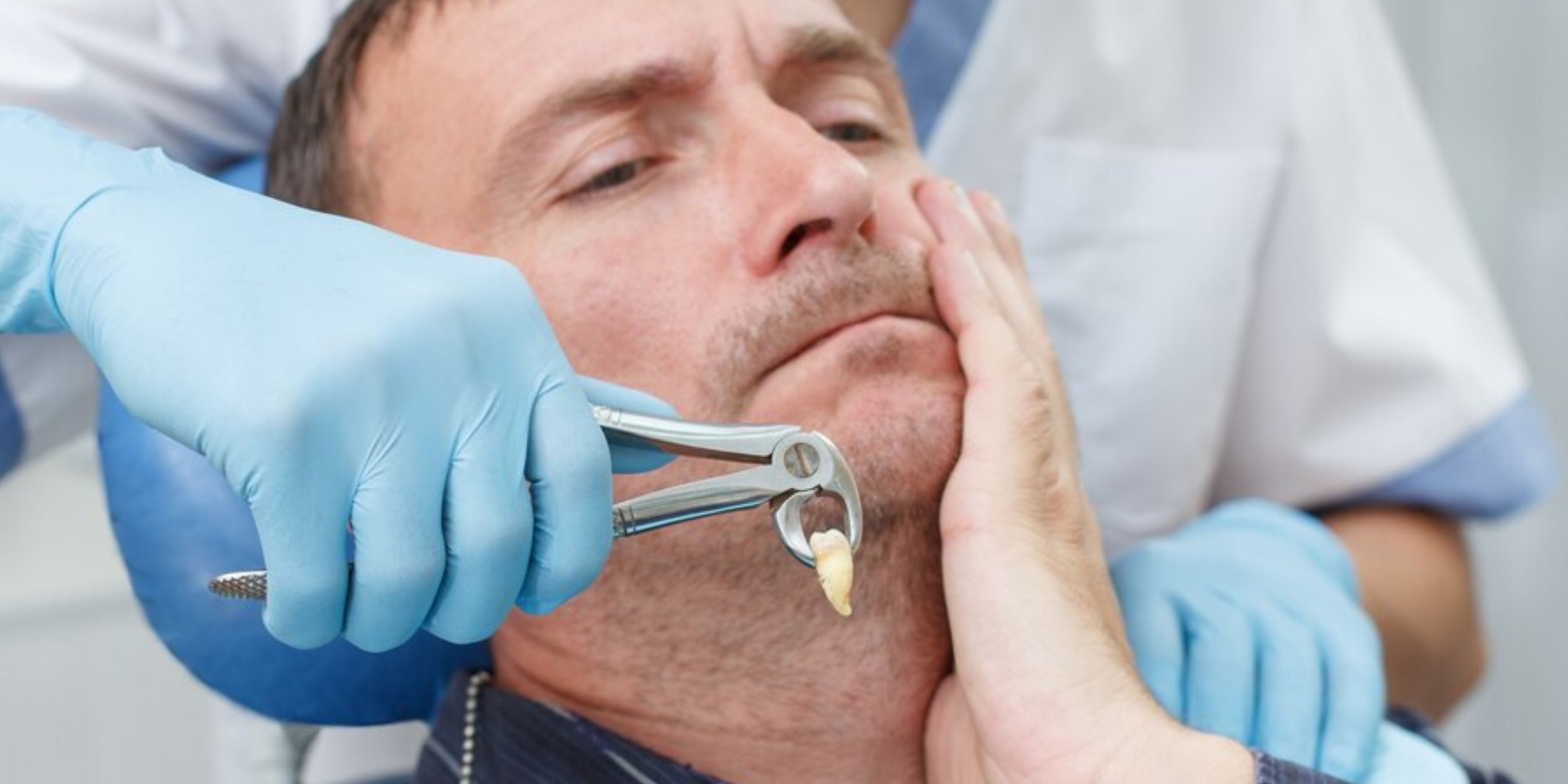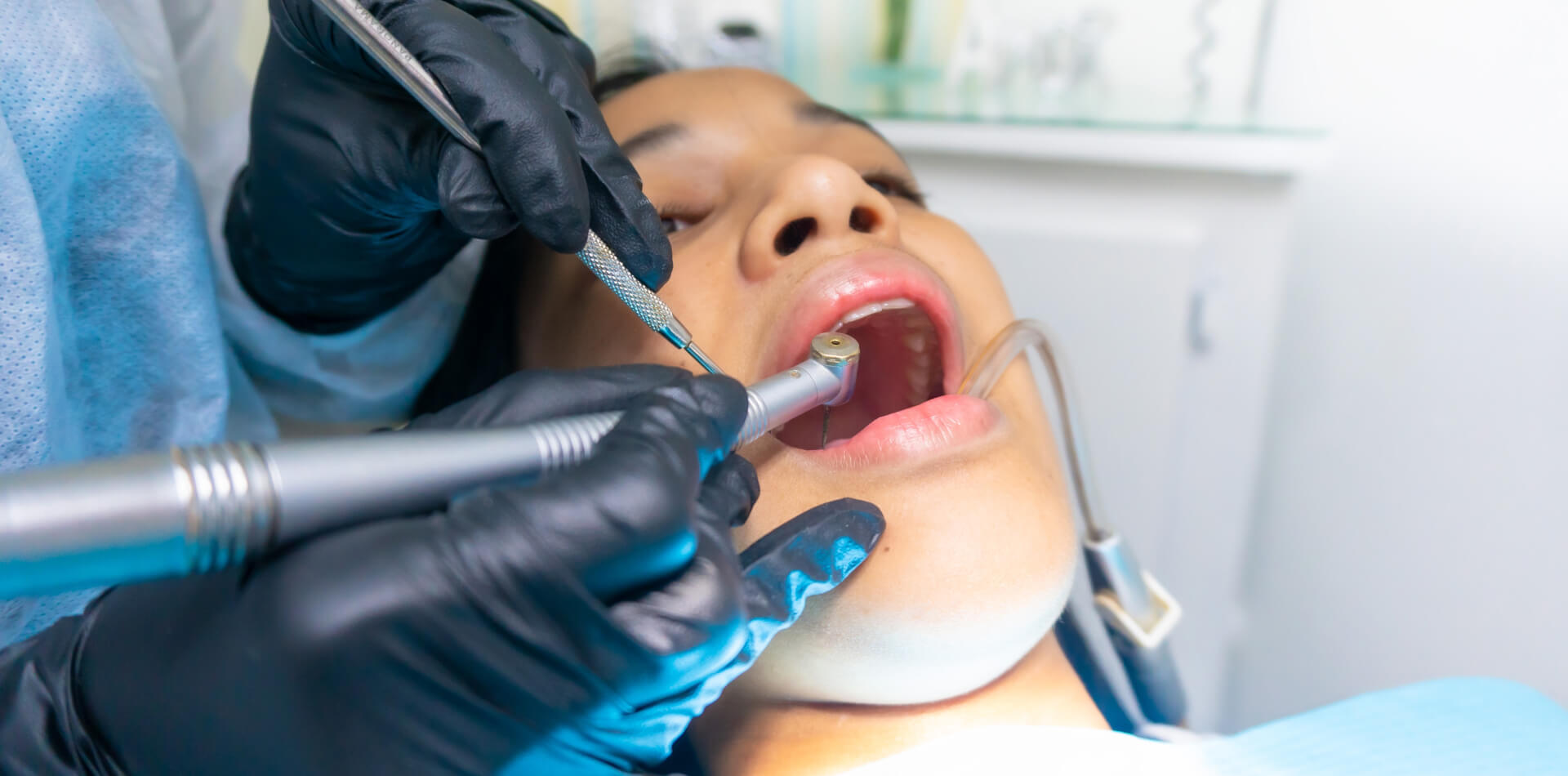Is your tooth becoming a constant source of discomfort? At Olive Dental Clinic, we understand how debilitating tooth pain can be. It affects your ability to focus at work, enjoy meals, and even disrupts your sleep. Yet, many people endure severe dental pain far longer than necessary, unsure of whether it’s serious enough to warrant a tooth extraction. In many cases, patients delay visiting the dentist until the pain becomes unbearable—often when more complications have already set in.
Knowing the signs that indicate a tooth needs to be removed can save you from intense pain, preserve your overall oral health, and even prevent infections that may spread beyond the mouth. In this comprehensive guide, we walk you through the clear symptoms that signal you need a tooth extraction, what to expect during the process, and why timely dental care is critical. At Olive Dental Clinic, we’re committed to providing comprehensive dental solutions that not only treat oral problems but also restore your confidence and smile.
Excruciating Tooth Pain and Persistent Pressure
One of the most obvious indicators that a tooth may need to be extracted is relentless tooth pain. This isn’t the occasional sensitivity to cold drinks or hot meals—it’s deep, throbbing, sharp pain that worsens with time.
This type of pain is often associated with:
- Tooth impaction, where the tooth is unable to erupt properly, especially wisdom teeth.
- Severe decay, where bacteria have eaten through the enamel and reached the nerves.
- Abscessed teeth, where infection has formed at the root, causing pressure and pain.
The discomfort can radiate to nearby teeth, ears, or even the jaw. Chewing can intensify the pain, as the pressure exerted on the compromised tooth agitates the sensitive tissues around it. In these situations, delaying treatment may result in the infection spreading to adjacent teeth or into the bloodstream, which can lead to serious health complications.
If you’re dealing with this level of pain, it’s essential to schedule an emergency dental evaluation. Tooth extraction may be the most effective way to relieve the pressure and protect the surrounding tissues from damage.
Jaw Stiffness, Pain, and Limited Movement
When jaw stiffness accompanies tooth pain, it’s often a sign that the issue extends beyond the tooth alone. This can be the result of:
- Infection, particularly one that has spread from the gums to the jawbone.
- Gum swelling, which can restrict jaw movement and cause persistent discomfort.
- Cyst or tumor development, which can form around impacted teeth and place pressure on the jaw.
You may notice that opening your mouth becomes increasingly difficult. Talking, eating, or even yawning can be painful. Infections in this region can lead to temporomandibular joint (TMJ) problems if not addressed quickly. In these cases, extraction of the affected tooth may be necessary to relieve the strain and restore normal jaw function.
Persistent jaw stiffness should never be ignored. It’s a red flag that the tooth or surrounding area is compromised, and only a dental examination can reveal whether extraction is the best course of action.
Gum Disease and Severe Periodontal Issues
Gum disease, or periodontal disease, is one of the leading causes of adult tooth loss. While early stages like gingivitis can often be reversed with proper care, advanced periodontal disease can result in the destruction of bone and tissue that support the teeth.
Symptoms that indicate gum disease may require tooth extraction include:
- Swollen, bleeding gums
- Receding gum line
- Pus formation between teeth and gums
- Loose or shifting teeth
- Persistent bad breath
When gum disease reaches an advanced stage, the supporting bone around the tooth deteriorates, causing the tooth to lose its anchorage. If left untreated, not only could the affected tooth fall out, but the infection may spread to other areas of the mouth and body.
In cases where the tooth is no longer viable due to bone loss or infection, extraction becomes necessary to protect your overall oral health. Following the extraction, dental restoration options such as implants or bridges can be discussed to rebuild both function and aesthetics.
Additional Conditions That May Require Extraction
Beyond pain, stiffness, or gum disease, several other conditions may signal the need for tooth removal:
- Overcrowding: In some mouths, there simply isn’t enough room to accommodate all teeth properly. This often affects wisdom teeth and can interfere with orthodontic treatment plans.
- Orthodontic preparation: In certain cases, removing a tooth is necessary to realign the bite or create space for the rest of the teeth to move correctly during orthodontic treatment.
- Tooth fracture below the gum line: When a tooth is broken off below the gum, especially at the root, it cannot be repaired and must be removed.
- Extensive decay beyond repair: If a cavity has progressed to the point where it compromises the tooth’s structure beyond saving, extraction may be the only option.
- Repeated dental procedures on the same tooth: Teeth that have undergone multiple root canals, fillings, or restorations may become too weak to sustain further work.
It’s important to remember that the goal of modern dentistry is always to preserve natural teeth when possible. However, in some cases, removal is the most appropriate treatment to prevent further complications and promote long-term oral health.
Who Performs Tooth Extractions?
Tooth extractions are typically performed by:
- General dentists for routine and simple extractions.
- Oral surgeons for complex extractions, such as impacted teeth or teeth broken below the surface.
- Periodontists if the extraction is related to severe gum disease or bone loss.
At Olive Dental Clinic, our team of skilled professionals is fully equipped to handle both simple and complex extractions. We offer a comfortable, caring environment and use modern technology to ensure that your experience is as smooth and pain-free as possible.
What to Expect Before a Tooth Extraction
Before any extraction procedure, your dentist will conduct a full evaluation, including:
- Clinical examination of the tooth and surrounding tissues.
- Digital X-rays to assess the tooth root, bone health, and possible complications.
- Medical history review to ensure your safety during the procedure.
- Treatment planning, including sedation options tailored to your comfort level.
You’ll be encouraged to disclose all medications, supplements, and any allergies you may have. If you have certain medical conditions such as heart disease, immune disorders, or diabetes, special precautions may be taken to reduce risks.
Once a plan is in place, your dentist will walk you through the steps so you know exactly what to expect, reducing anxiety and building confidence in your care.
What Happens During the Tooth Extraction Procedure?
Tooth extractions today are far less traumatic than many people imagine. Depending on your case, the procedure may involve:
- Local anesthesia to numb the area so you feel no pain.
- Simple extraction, where the tooth is loosened and pulled using specialized tools.
- Surgical extraction, if the tooth is impacted or broken below the gum, involving small incisions and possibly stitches.
The process is usually completed in less than an hour. With the right anesthesia and aftercare, most patients report little to no pain during the procedure itself.
Aftercare Tips and Recovery Expectations
Healing is a critical phase after a tooth extraction. The first 24 to 48 hours are crucial for forming a blood clot in the socket, which protects the area and begins the healing process.
Here’s how to ensure a smooth recovery:
- Avoid strenuous activity for at least 48 hours.
- Use cold compresses on your cheek to reduce swelling.
- Stick to soft foods like soup, yogurt, or mashed potatoes for the first few days.
- Avoid smoking or using straws, as suction can dislodge the healing clot.
- Rinse gently with warm salt water after 24 hours to keep the area clean.
- Take prescribed painkillers or over-the-counter medication as advised by your dentist.
Most people begin to feel significantly better within three to seven days. In cases where there are no complications, complete healing typically occurs within a few weeks. However, full bone healing may take up to two months.
Should you notice excessive bleeding, severe pain after the first few days, or signs of infection like fever or pus, it’s important to contact your dentist immediately.
Why Prompt Tooth Extraction Matters
Ignoring the signs of a troubled tooth can lead to more severe health problems. Untreated infections can spread to the jaw, sinuses, and even the bloodstream. Pain and inflammation can affect your nutrition, sleep, and overall quality of life.
At Olive Dental Clinic Port Harcourt, we provide comprehensive dental solutions that enhance both your oral health and self-confidence. Whether it’s diagnosing symptoms early, offering timely extractions, or guiding you through restorative options after tooth loss, our goal is to ensure that every patient receives complete and compassionate care.
If you or someone you know is experiencing ongoing dental pain, swelling, or signs of infection, don’t wait. Reach out to our team today for a professional consultation and personalized treatment plan.



